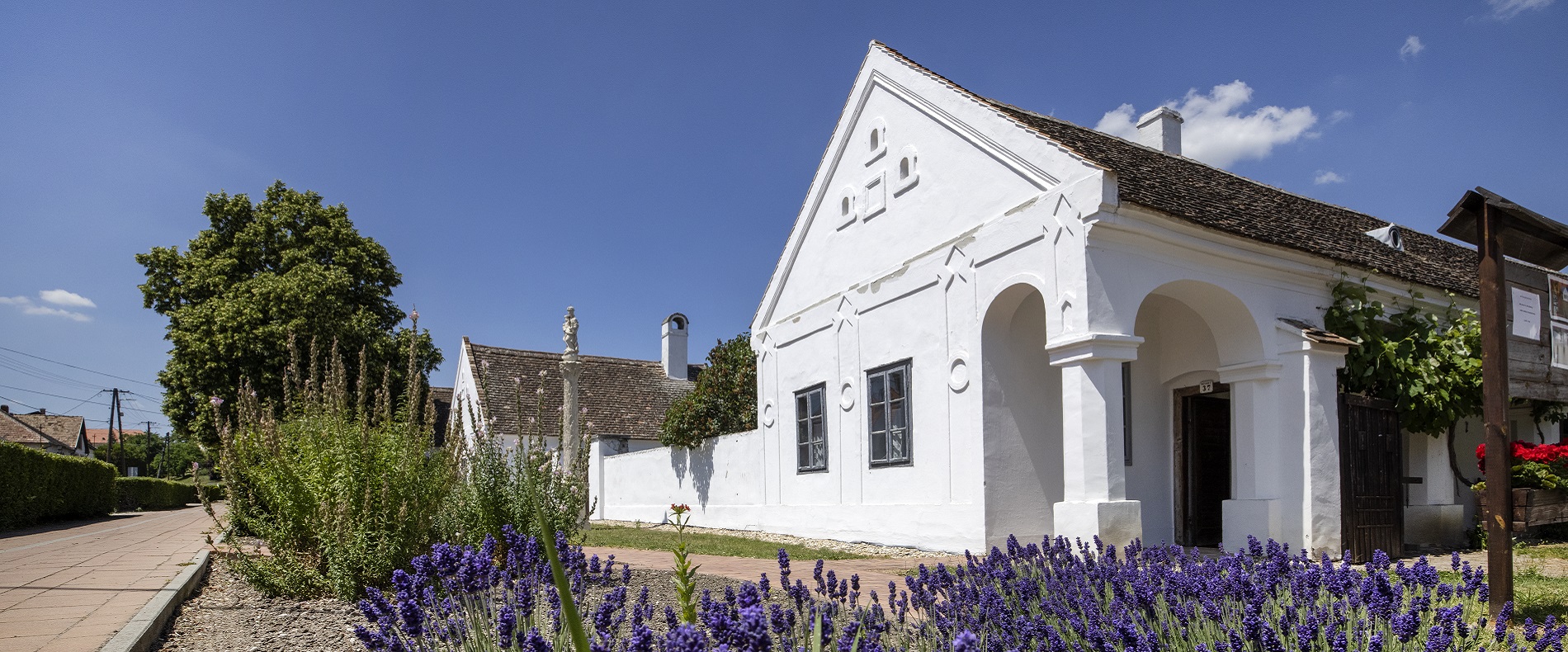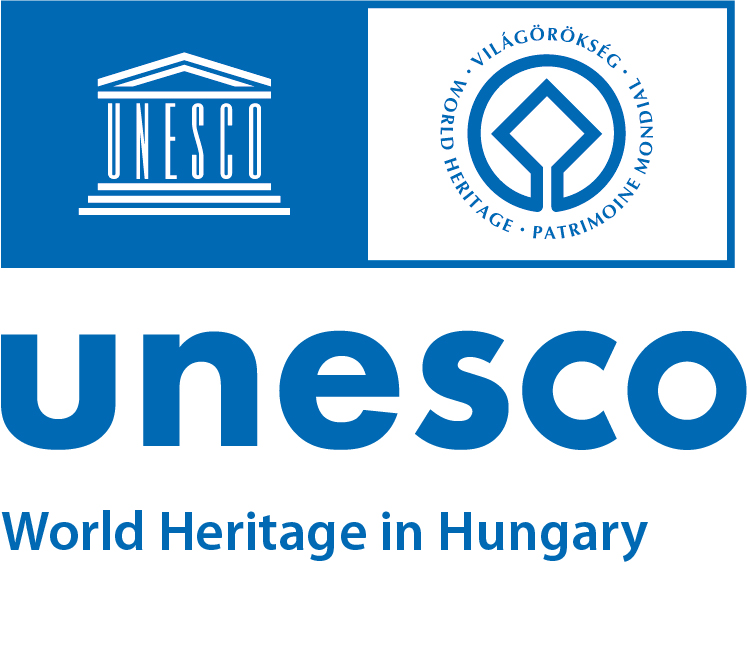
Network of Rural Heritage Buildings in Hungary
Looking back on a history of many decades, the network of rural heritage buildings in Hungary constitutes a complex cultural unit of authentic folk architectural monuments, standing in separate locations but connected by their contents. Those buildings are unique and outstanding witnesses to a tradition that once not only permeated all aspects of everyday life in space and time, but also gave order to them.
The rural heritage buildings are open-air ethnographic collections showcasing through locally collected and preserved object the traditional material culture of the settlement or region, the authentic interiors of significant folk architecture buildings, as well as workshops, outbuildings, wine cellars or simple industrial facilities. They preserve the memories of a bygone era by presenting today the traditional folk architecture, farming, housing and material culture, characteristic lifestyle, folk customs and crafts (potter, blacksmith, blue dyer) of a village, region (Ormánság, Sárköz, Őrség, Nyírség), ethnographic (Palóc, Matyó) or ethnic (German, Slovak, Romanian, Rusyn, Croatian) group. The rural heritage buildings not only bring closer, but also help understand and experience the entire folk culture, lifestyle and intellectual heritage, the authentic components of which are the folk buildings, their structure and use of materials, the fireplaces, farming tools and everyday objects, the folk art, clothing items and musical instruments, as well as the cuisine, family structure, customs and folk music.
The folk architecture buildings found all over the Carpathian Basin and categorized into five main house types display the creativity of their builders (persons or communities) and their adaptiveness to the challenges posed by their natural and social environments, a capacity refined in the course of centuries. Therefore, they not only convey a significant aesthetic and heritage value, but also an example of a sustainable, organic, yet aesthetic way of life – lessons that are still relevant today. The only remaining mementos of the old architectural culture of the Hungarian landscape, of the values of the traditional rural-agricultural lifestyle are the buildings under various protection, or in exceptional cases certain building groups or settlement parts.
To protect these complex values as living heritage, the gradually expanding network of Hungarian rural heritage buildings was established in the mid-20th century. The initiative is based on a solution that allows for the most authentic value preservation: the buildings and their surroundings are preserved and presented in situ, in their original context, in their given landscape, natural and cultural environment, where the plot of land, the house with all its outbuildings, the specific garden form, the characteristic plants, as well as each object that used to serve everyday life can be observed. This value preservation movement started with the renovation of the Schumacher House in Nagyvázsony in 1960. Following the realization that folk monuments and the traditional rural settlement image are rapidly disappearing, that was the first time the modern method of complete monument restoration was applied. Now hundreds of rural heritage buildings operate in Hungary, from which the tentative World Heritage Site has 109 where both the building and its interior meet the highest professional standards. The network of rural heritage buildings in Hungary nominated for the World Heritage List includes traditional local folk architectural monuments that are each preserved in situ and are under national heritage protection, authentically restored following the international principles of monument preservation. In every instance, the restoration process was preceded by scientific research, architectural survey, documentation and detailed planning of the implementation. The selection of the buildings and the scientific work was done by professional architects and ethnographers. The renovations were carried out in accordance with the special principles and methods developed for folk monuments: based on the information gathered through scientific research, the damaged or destroyed parts of the building were replaced using the original materials and applying the original construction technology.
More than just local history museums, the restored and furnished peasant’s houses became rural heritage buildings with the function of housing community events that bring together different age groups, of providing space for training, education, creative work, and the demonstration and learning of traditional crafts. The network of rural heritage buildings tentative World Heritage Site consists of 109 monument buildings in 104 towns and 19 counties of Hungary that play an important role in maintaining national and minority national identity, providing an opportunity for the regions to explore their past through their traditions.
